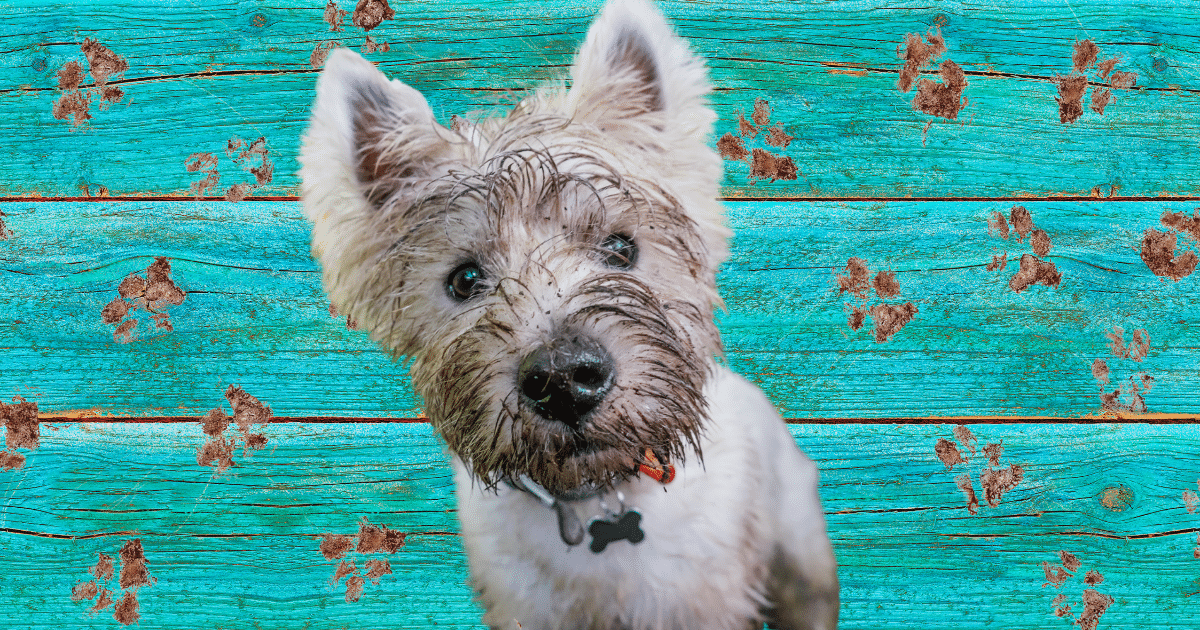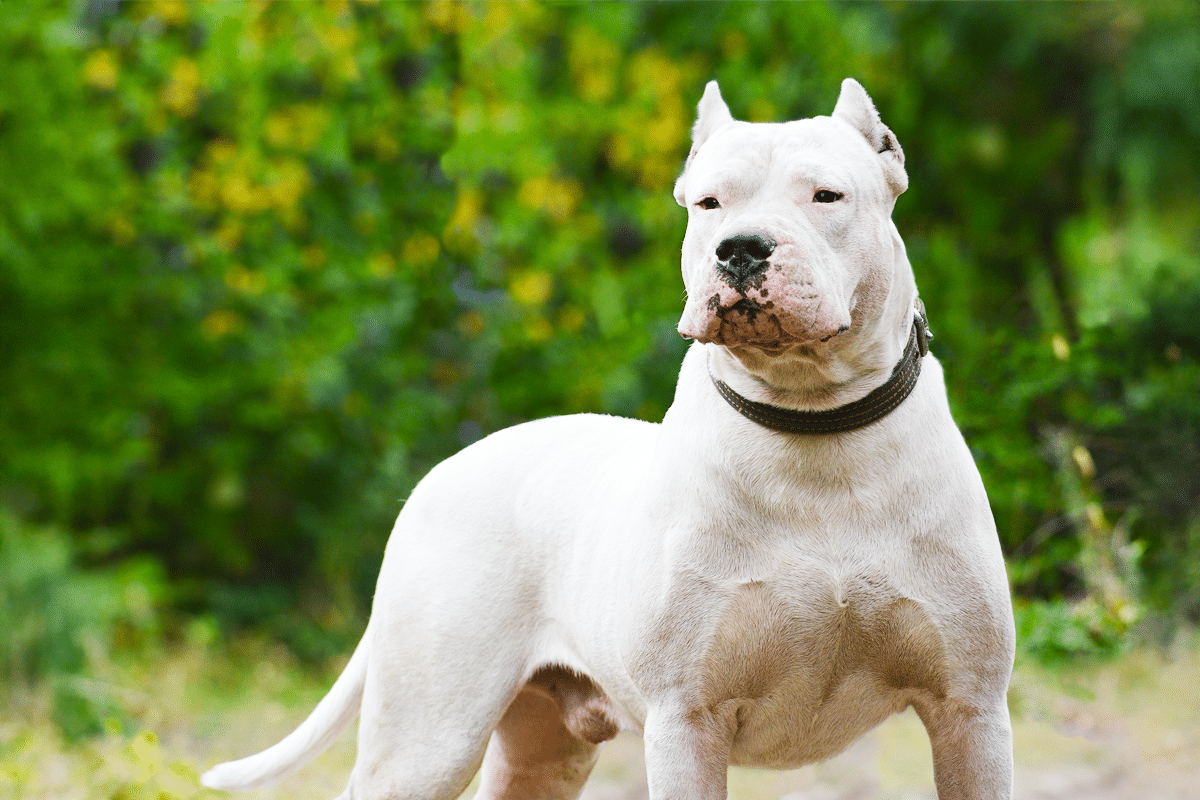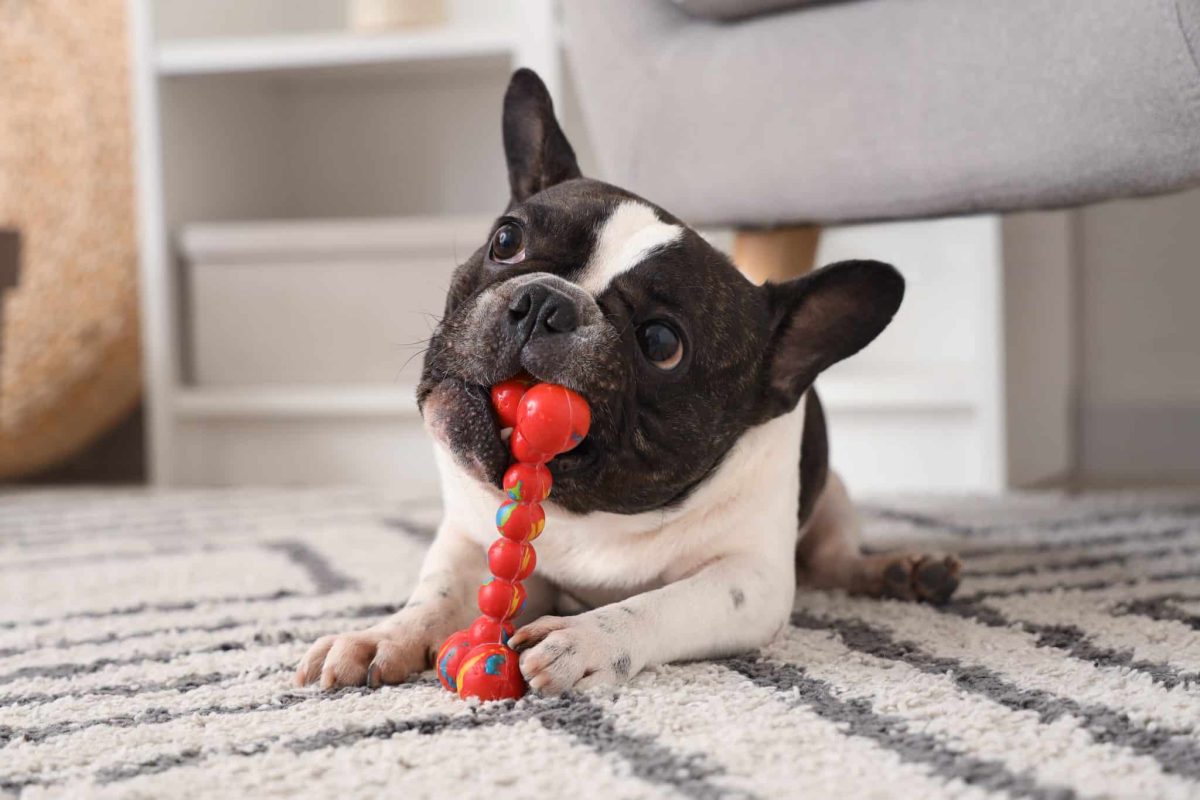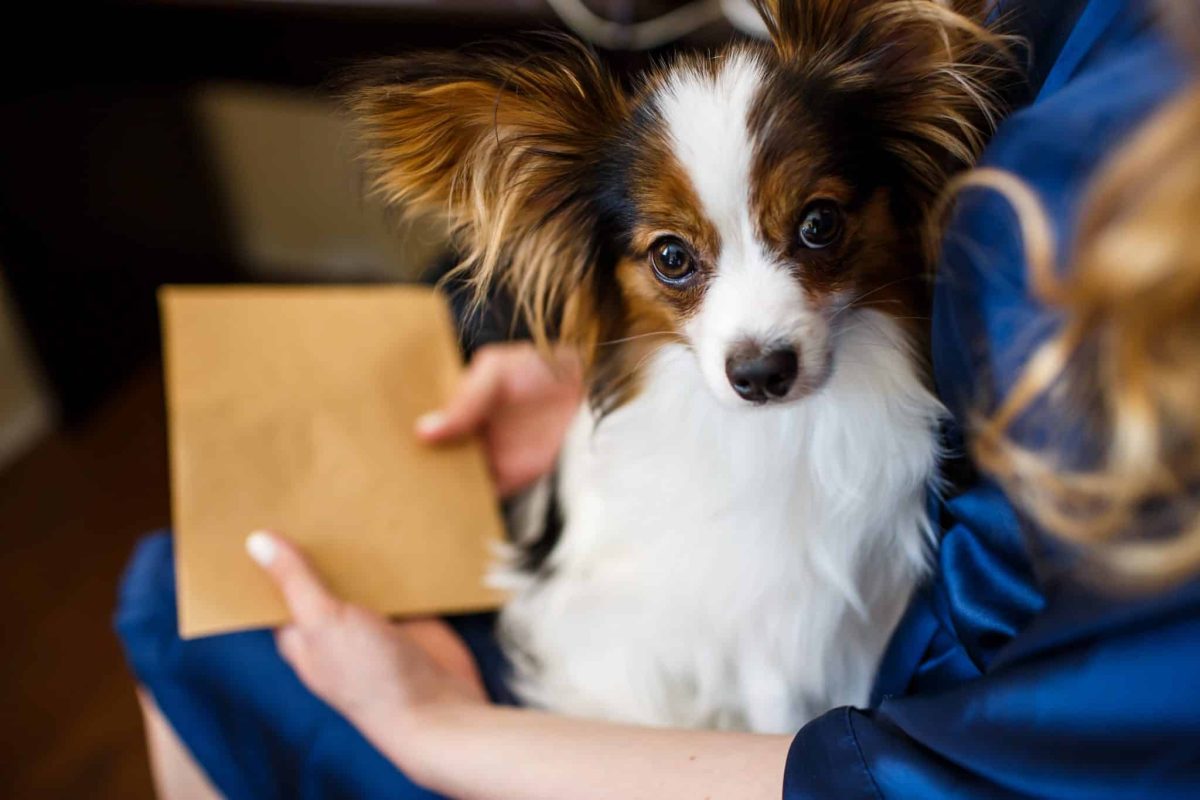When it comes to training your dog, it can be a long process with many difficulties and bumps in the road. Dog training needs consistency, patience, and some understanding between you and your pooch. However, there is lots of room for common errors to crop up without you even realizing it! This can hinder the training and confuse your dog, giving mixed messages and unclear commands so your pooch can’t fully understand what is expected of them.
Understanding common mistakes can help to reduce the risk of them occurring and give you a smoother training experience. Learn the most common dog training mistakes and how to fix them so you can effectively train your dog and tackle those bumps in the road effortlessly.
Inconsistent commands
A very common dog training mistake that many owners face is struggling to be consistent with their commands. During training with your pooch, it’s essential to use the same word and phrasing every single time for a certain command or behavior. A common example of this is if you use “sit” sometimes and “sit down” other times when wanting your dog to sit. This can cause them to be confused about what you want from them as it sounds different.
To fix this, it’s best to be on the same page with everyone in your family about the words, phrases, and gestures used for commands. Try to choose simple and clear commands that your pooch can easily pick up on, getting it down to one word if possible. Be consistent with the words and phrases you use throughout the training process for your dog to learn what they mean, as, the more consistent you are, the faster your dog will understand.
Not training regularly
Many owners can dip in and out of training their pups as some days they don’t have time or forget. It’s quite easy to do training once a week and then forget about it until next week or attend an obedience class for a long training session once a week. This can feel like enough for your dog, but it really isn’t as only training once or twice a week won’t make the training stick. Your pooch needs more regular training for them to understand what is expected of them and their behavior.
So, how do you fix this? Well, you should be aiming for a training session every single day. These training sessions each day don’t need to be long and can easily slot into your busy life or on days when you’re too tired. All you need is 5 minutes every day and, although this may not seem like a lot, it can make a huge difference compared to longer sessions once or twice a week. Make sure to make a schedule and set a reminder on your phone so you never forget!
Losing patience
As training your pup takes a whole lot of time and effort, it’s very easy to snap and lose your patience if they don’t respond as quickly as you had imagined. But, impatience can lead to inconsistencies and can even stress your dog out. Getting annoyed can scare your furry friend and make them not want to listen or partake.
To fix this, you need to approach training with calmness and take a deep breath when the rocky patches hit. Take it slow and steady and try not to react to negative outcomes instantly. Instead, take a break and encourage your dog through the difficulty, helping them to learn better. Set realistic expectations for yourself and your pooch so that you don’t expect more out of the training session which reduces the possibility of getting frustrated.
Over-punishing dogs
A huge training mistake is punishing your dog for making errors and punishing too often. Dogs don’t respond positively to harsh punishment, and it can actually destroy the trust you’ve built with your furry friend. You shouldn’t jump straight to punishments; you should try to redirect unwanted behavior instead.
To achieve this, remain calm when your pooch makes a mistake, and don’t raise your voice or turn to physical punishment. If your dog misbehaves, guide them to the correct behavior instead in a calm manner. Doing this will create a more positive environment for training and build trust.
Bad timing with rewards and praise

It’s very easy to fall into the trap of praising or rewarding your dog with pet treats too early or too late. Being early or late with praise and rewards can hinder the success of your training session and confuse your dog. You need to strike the right balance of timing, praising, and rewarding right on cue as your dog completes the behavior. Not after it’s been done and your dog’s pining for attention or as their body is about to do the behavior.
To fix this, you need to time praises and rewards exactly on time and stay consistent with this. Repetition is also key for them to learn when they are doing something correctly and getting it right requires focus and practice on your part. For example, if you’re teaching your dog to leave something alone, you must reward instantly once their attention is diverted from the object.
Not paying attention to body language
Dogs do a lot of their communication through their body language which can often be overlooked by owners. Many pawrents make the mistake of not paying attention to their furry friend’s body language and signals, such as a wagging tail or arched back. These visual cues often show you how your pooch is feeling at that moment. If they’re stressed or scared, training isn’t ideal in that moment as they won’t learn.
To successfully train your dog you need to pay close attention to their body language and signals that they are sending out to you. If they seem anxious, stressed, scared, or uncomfortable, you need to either take a break, put a stop to training, or adjust the methods you are using. You ideally need your furry friend to be in a happy state, wagging their tail as this is when they are best to teach as they pay attention more, partake well, and have fun. You can also see when you’re pushing your dog too hard if you know their signals so you can adjust what you do and make them feel more relaxed and happier.
Not having confidence
Confidence makes a massive difference to a dog’s training session as they need someone to take the lead to understand who’s top dog. You can easily slip into being not confident after a few bad training sessions or some misbehavior. However, if you’re not confident when training, everything will go to waste as your pooch can sense when you’re nervous and they feed off of this. Sensing nerves can make them nervous or act up as they don’t have proper leadership. It puts them in control of the situation and not you.
To fix this, you need to show confidence while training (even if you’re not feeling it). Clear and concise commands spoken confidently will be better received and will lead to success. Your furry friend needs to look to you for directions to understand what behaviors are correct and exuding confidence does this.
Put these common dog training mistakes and how to fix them into motion in your next training session to bounce back quickly from the bumps in the road and reduce the number of mistakes made. Let your pooch learn how to behave in a fun and relaxed way so that they can understand what is expected of them.
FAQ
What are the don’ts of dog training?
Avoid pain, fear, or intimidation. Never use harsh methods; they harm trust and effectiveness. Stick to positive reinforcement for lasting results and a strong bond with your dog.
What is the 5 second rule in dog training?
The 5-second rule in dog training means rewarding or correcting a behavior within 5 seconds. This ensures your dog connects the action with the consequence, boosting learning efficiency. Use treats, praise, or redirection immediately after the desired (or unwanted) behavior.
What makes a bad dog trainer?
A bad dog trainer uses ineffective corrections that don’t change behavior, nagging dogs until they ignore commands. Poor timing, inconsistency, and unclear communication desensitize dogs to corrections, weakening the handler’s authority. Focus on positive reinforcement for better results.
Is it OK if I dont train my dog?
No, skipping dog training is unsafe. Untrained dogs may ignore commands like “sit” or “stay,” leading to unpredictable behavior and risks. Basic training prevents accidents, ensures safety, and strengthens your bond. Start with simple commands for a well-adjusted pet.
What are the mistakes in puppy training?
Avoid repeating commands (“nagging”), showing frustration, creating negative associations, skipping post-class practice, and useless repetition. These habits confuse puppies and hinder progress. Focus on consistency, patience, and positive reinforcement for effective training.



















 English (US) ·
English (US) ·